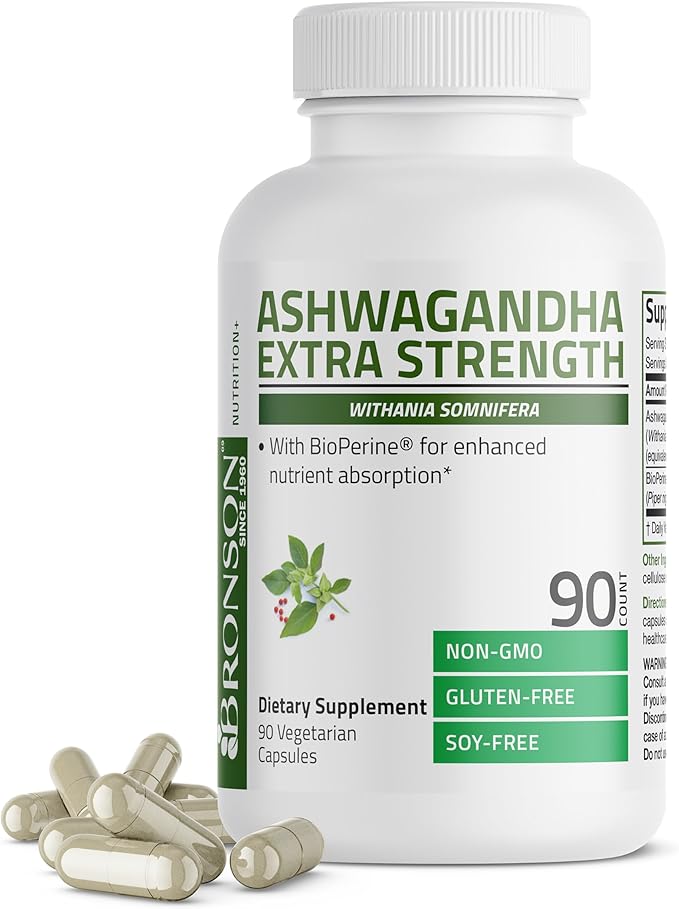Can you take Alpha Linolenic Acid and Omega-3 Fatty Acid (ALA) together?
Interaction Details
Taking Alpha Linolenic Acid (ALA) and Omega-3 Fatty Acid (ALA) together has the potential for great synergy, suggesting a rating of 5 out of 5.
Alpha Linolenic Acid (ALA) is an essential fatty acid found in plant-based foods, a precursor to the longer-chain omega-3 fatty acids, EPA and DHA. Omega-3 Fatty Acids (often referred to as EPA & DHA) are primarily found in fish oil and are known for their anti-inflammatory effects and cardiovascular health benefits. While ALA and Omega-3 Fatty Acids (EPA & DHA) are often considered separately, ALA can be converted into EPA and DHA in the body, although this conversion is limited. Taking them together can provide a comprehensive spectrum of omega-3 fatty acid benefits. The combination can enhance anti-inflammatory effects, potentially improve heart health by synergistically affecting triglyceride levels, and support brain function. Their synergistic effect could maximize the benefits associated with omega-3 fatty acids, creating a more balanced and effective supplementation for cardiovascular and cognitive health.
Potential Benefits
Potential Risks
Related Studies
Alpha Linolenic Acid
Alpha-Linolenic Acid (ALA) is an omega-3 fatty acid found in plant-based foods such as flaxseeds and walnuts. It is considered an essential fatty acid because the human body cannot produce it on its own.
Some benefits of ALA include supporting heart health and reducing inflammation.
Omega-3 Fatty Acid (ALA)
Omega-3 Fatty Acid (ALA) is an essential fatty acid, a type of polyunsaturated fat, that the human body cannot produce on its own. It is found primarily in plant-based foods such as flaxseeds, chia seeds, and walnuts.
